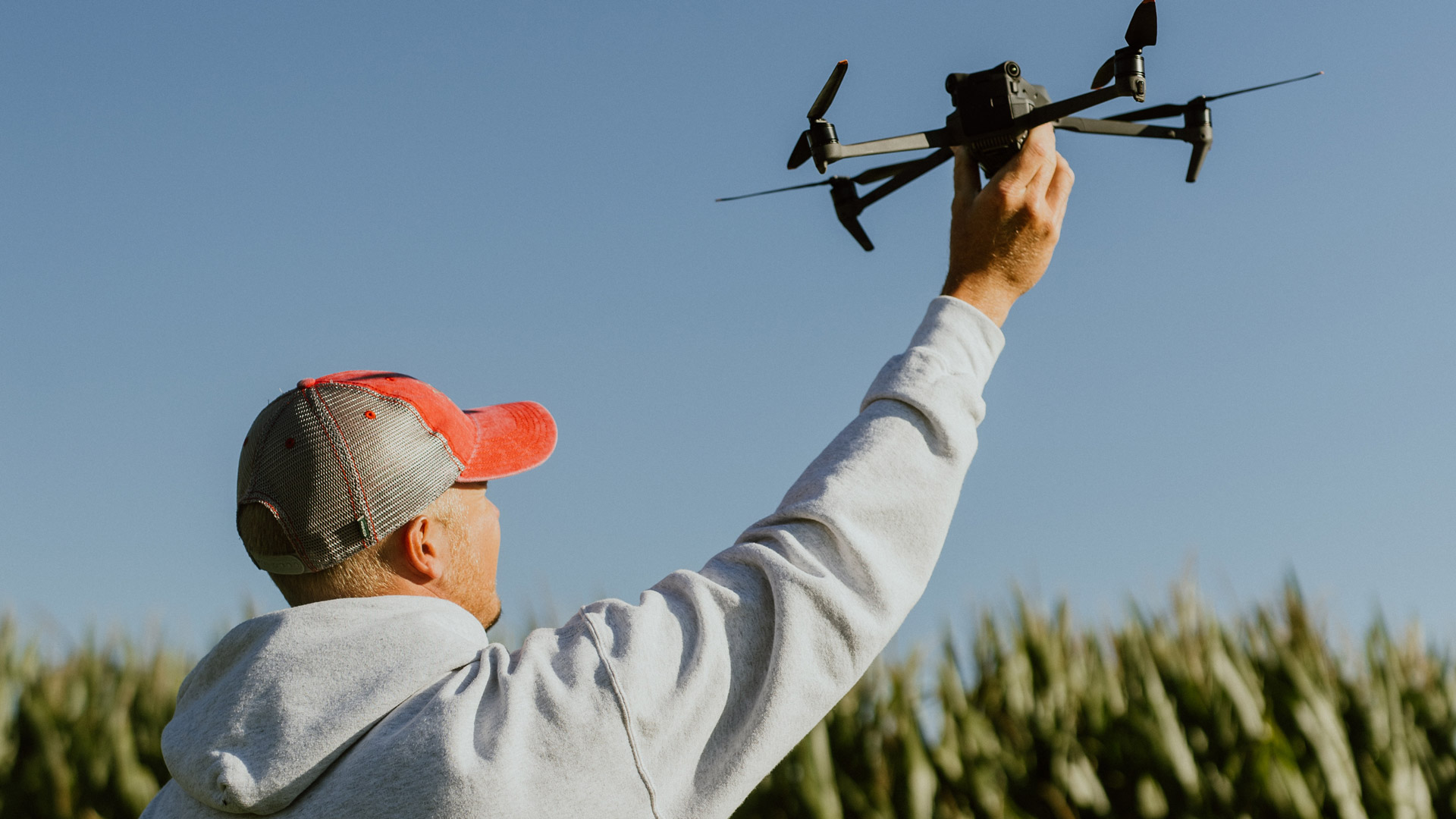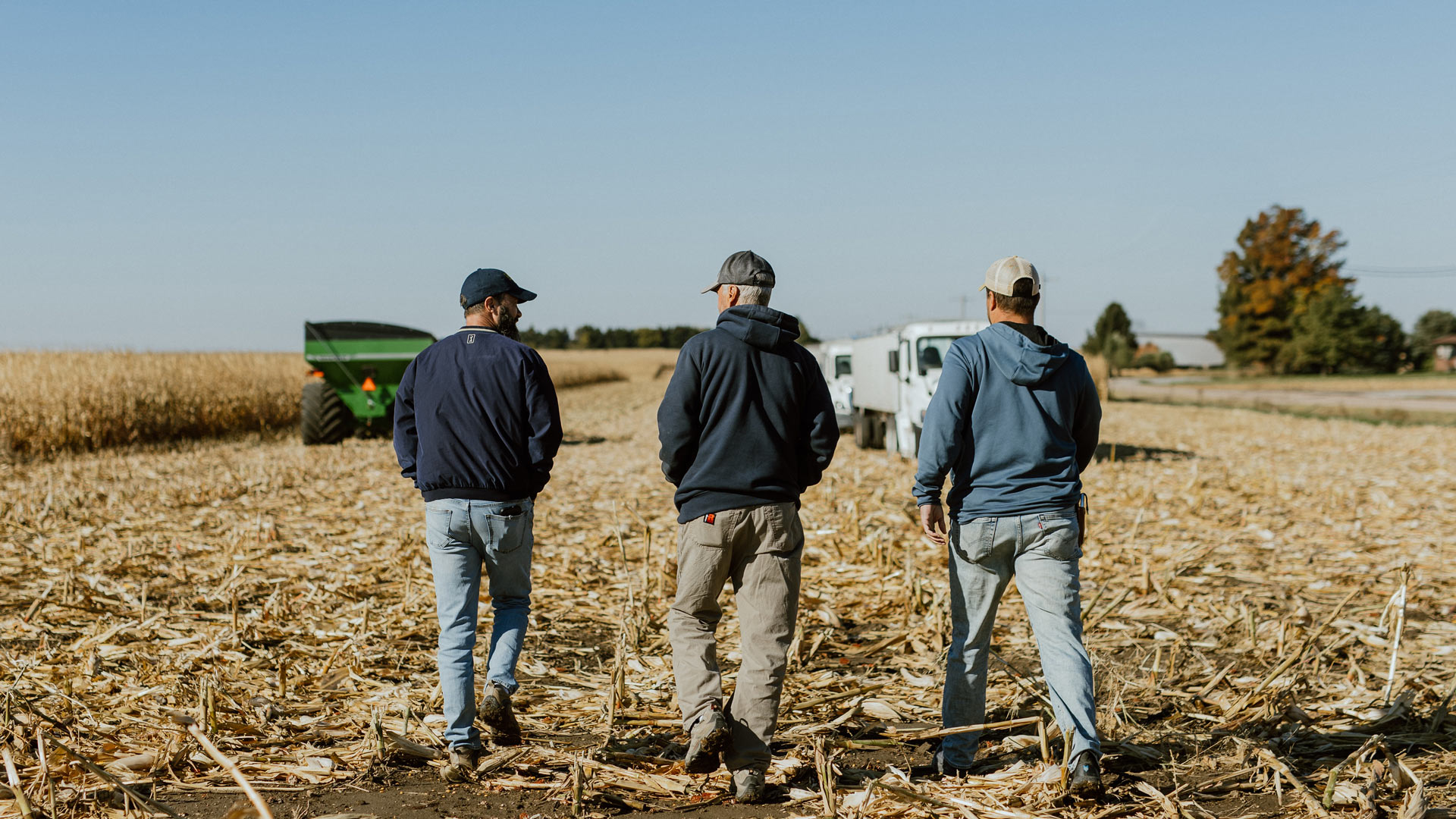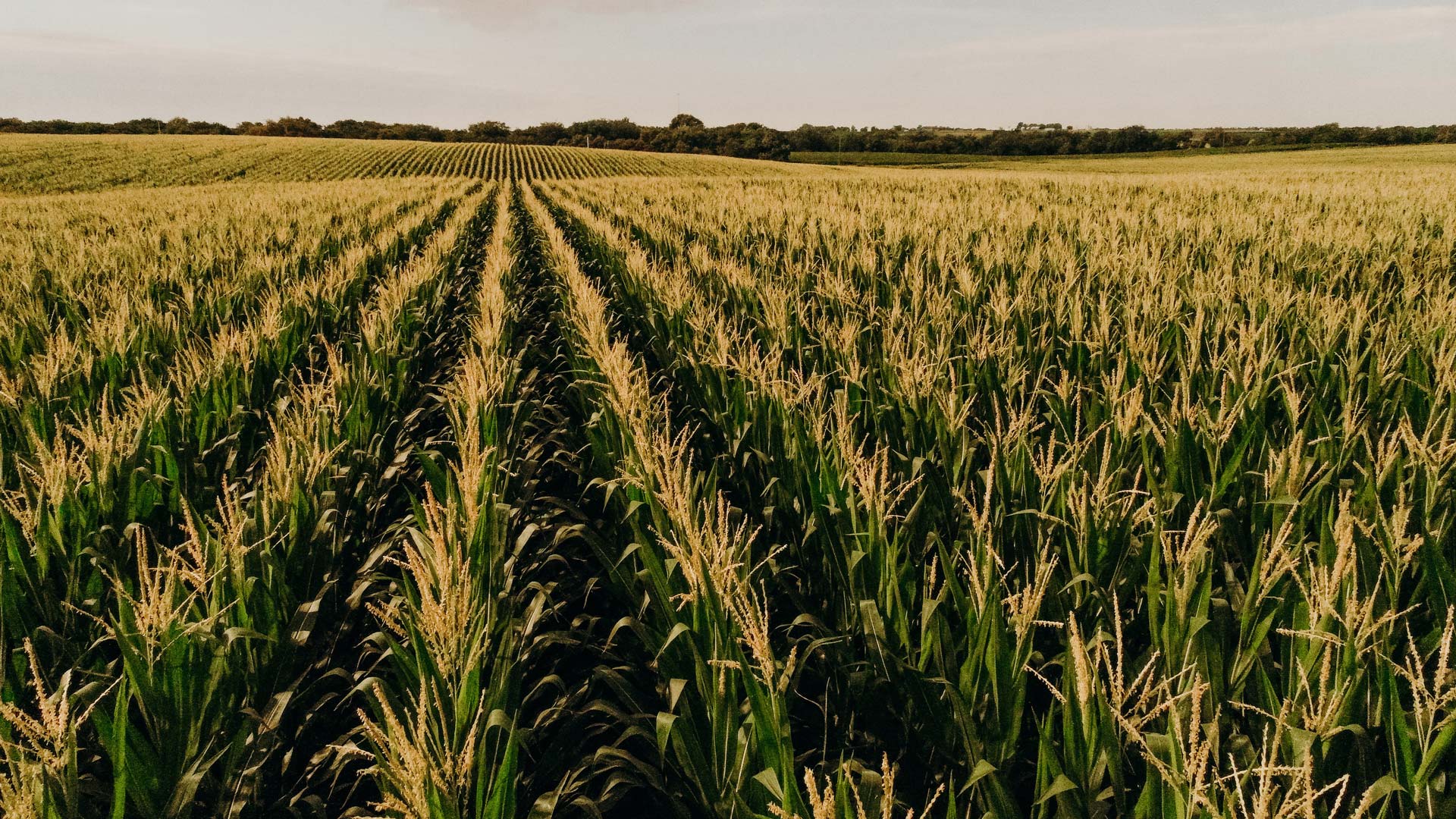Corn is part of the everyday lives of people around the world. It’s in the food we eat, is often found in the fuel of the cars we drive and is a component in many of the products we use each day.
Some might be surprised to learn that corn didn’t always look like it does now, but in fact is the product of thousands of years of selective breeding. It has been a constant companion of the people of North America, who first brought it with them as they moved around the continent in ancient times and today cultivate vast fields that feed the world.
Who Grew the First Corn
A wild ancestor of the first corn plant, a grass called teosinte, was first selectively bred by indigenous farmers in southeastern Mexico between 8,000 to 10,000 years ago. While teosinte didn’t look much like modern corn — it was described as a spikey grass with very small cobs — according to the University of Utah, the genetic difference between it and modern corn is only about five genes.
Just as crop scientists do now, the indigenous farmers selectively bred teosinte for favorable traits, and over the years changed that edible wild grass into something that would become the corn we know today.
How Did Corn Get to North America
As indigenous people migrated north and south from Mexico, they brought their selectively bred corn seeds with them into North America and South America. Corn was an important part of the life of many indigenous tribes, providing them with food, fuel for fires and many other uses.
Historians believe corn is a true (Central) American original, saying corn did not exist in Europe until Italian explorer Christopher Columbus encountered it in 1493 during his excursion in the Caribbean and brought it back to Spain.
History of Corn in Early America
Indigenous people continued to raise corn for specific traits in early America, bringing different varieties with them while they moved to new areas and through trade. Along the way, they continued to improve it through selective breeding.
Corn also played an important role in the beginnings of the United States as a food source to early colonists. It is said to have been consumed at the first Thanksgiving in 1621 by residents of the Plymouth Colony.
Three Main Types of Corn in Nebraska Today
There are many types of corn grown around the world today for a wide variety of uses, but the three most common corn varieties in Nebraska are:
Dent Corn. Better known as “field corn,” dent corn is commonly grown in Nebraska and is used for livestock feed and corn products such as ethanol.
Sweet Corn. Known to many as delicious corn on the cob – sweet corn is the kind of corn you buy in grocery stores to eat. If you’re lucky, you are able to raise your own sweet corn and walk it straight from the field to your kitchen.
White Corn. Nebraska is the number one producer of white corn, which is used in food products such as potato chips, tortilla chips and tortillas.
Today’s Corn Hybrids
Humans have continued to refine the corn plant over the years and today’s corn comes in an array of specialized hybrids. Bred for specific performance traits, some varieties are developed to mature faster, others use less water or are able to better tolerate less-than-ideal soil conditions, insect predation or diseases that commonly affect corn and hurt yields.
Nebraska: A Modern Corn Powerhouse
Today, Nebraska is among the top corn-producing states in the nation — in 2021, producers in the Cornhusker State harvested 1.85 BILLION bushels of corn. That ranked third in the nation, behind only Iowa and Illinois.
Thanks in no small part to the efforts of Nebraska farmers, the United States is the top producer of corn in the world. As such, corn is an important part of U.S. agricultural trade policy with the country’s largest corn exports in 2021 going to China, Mexico and Japan.




